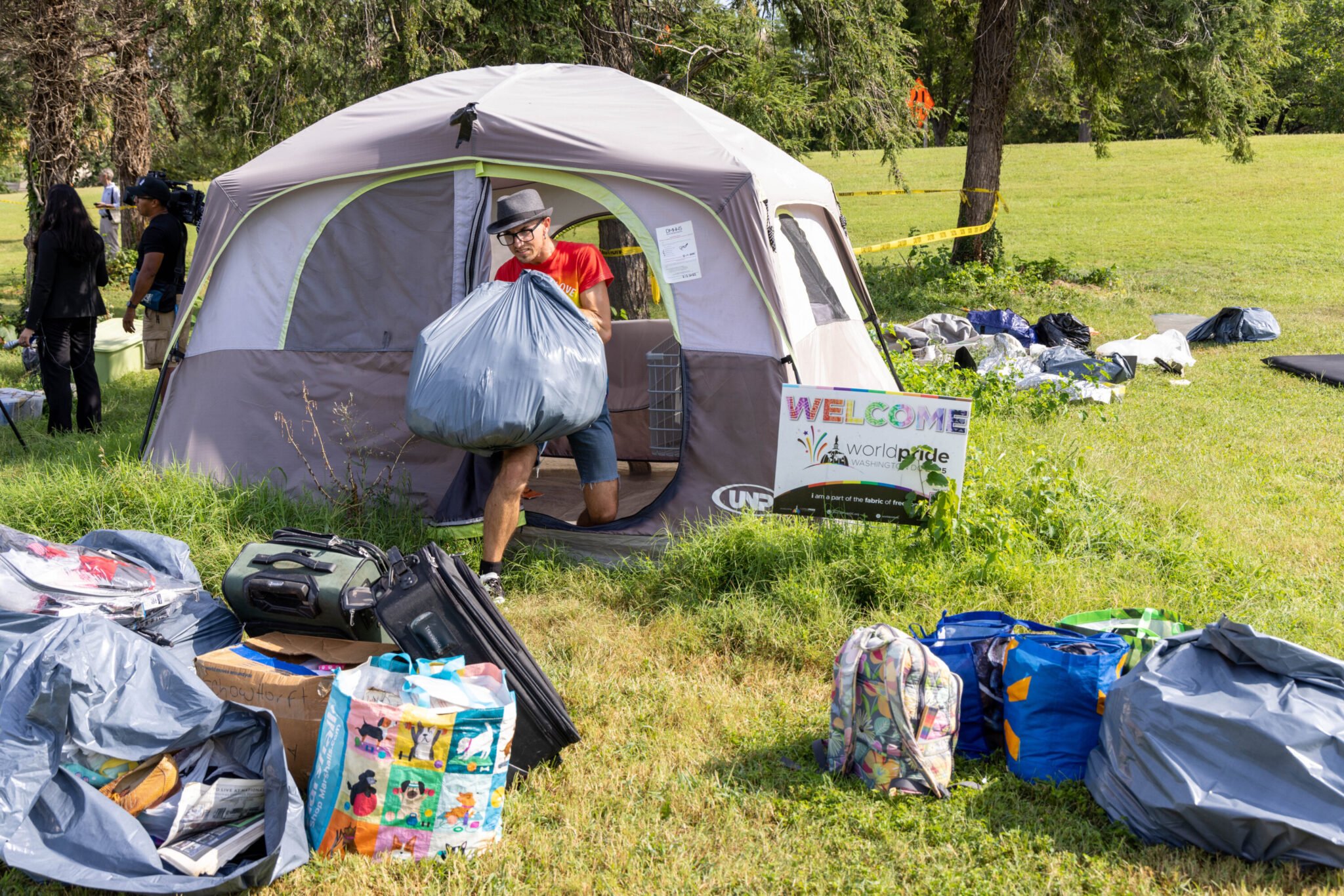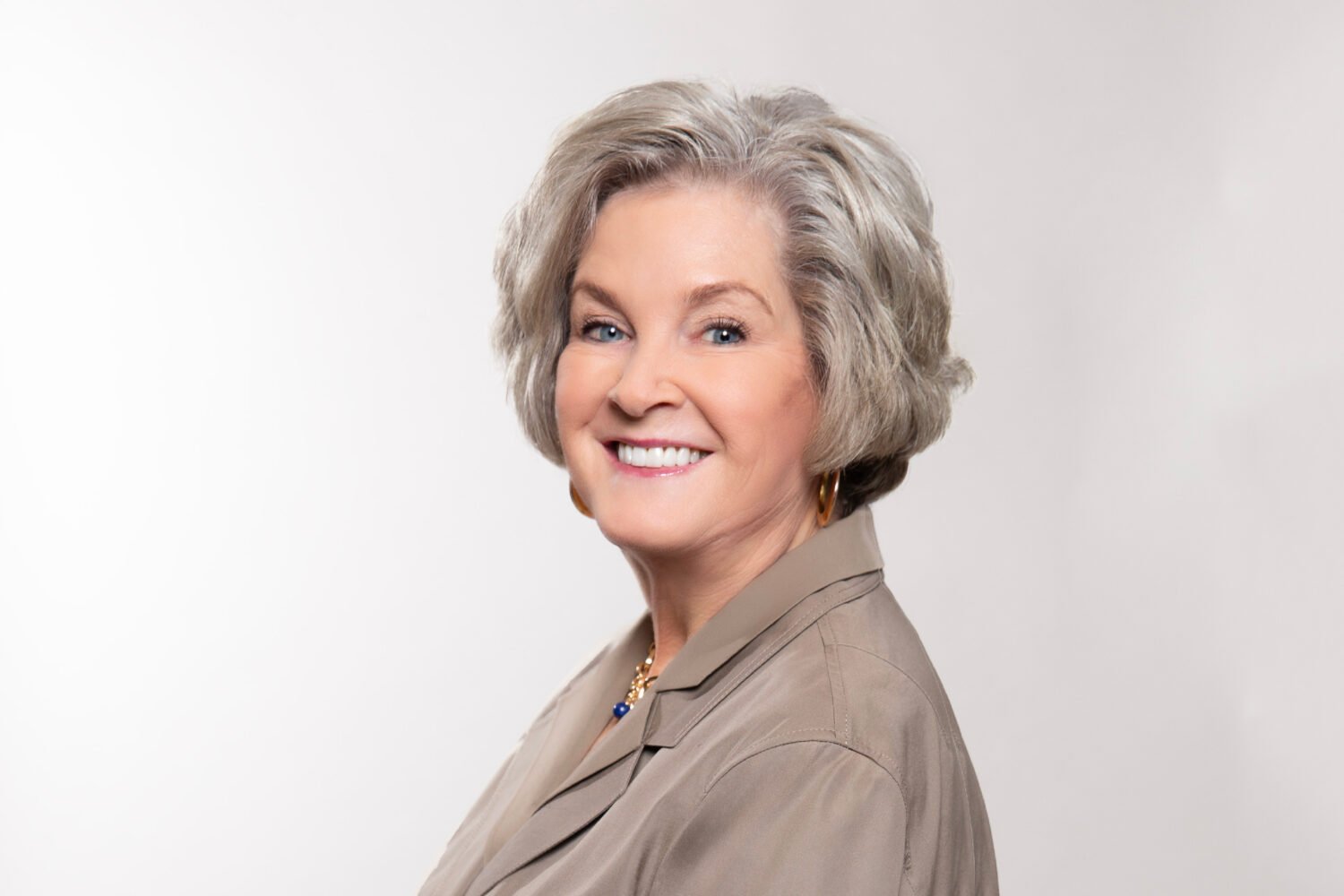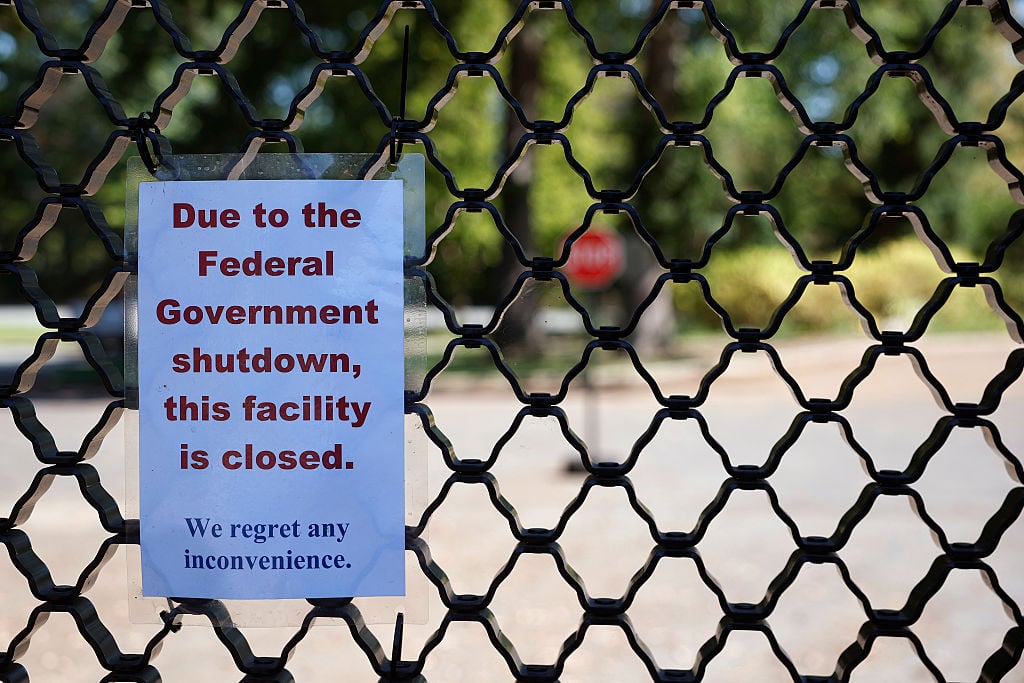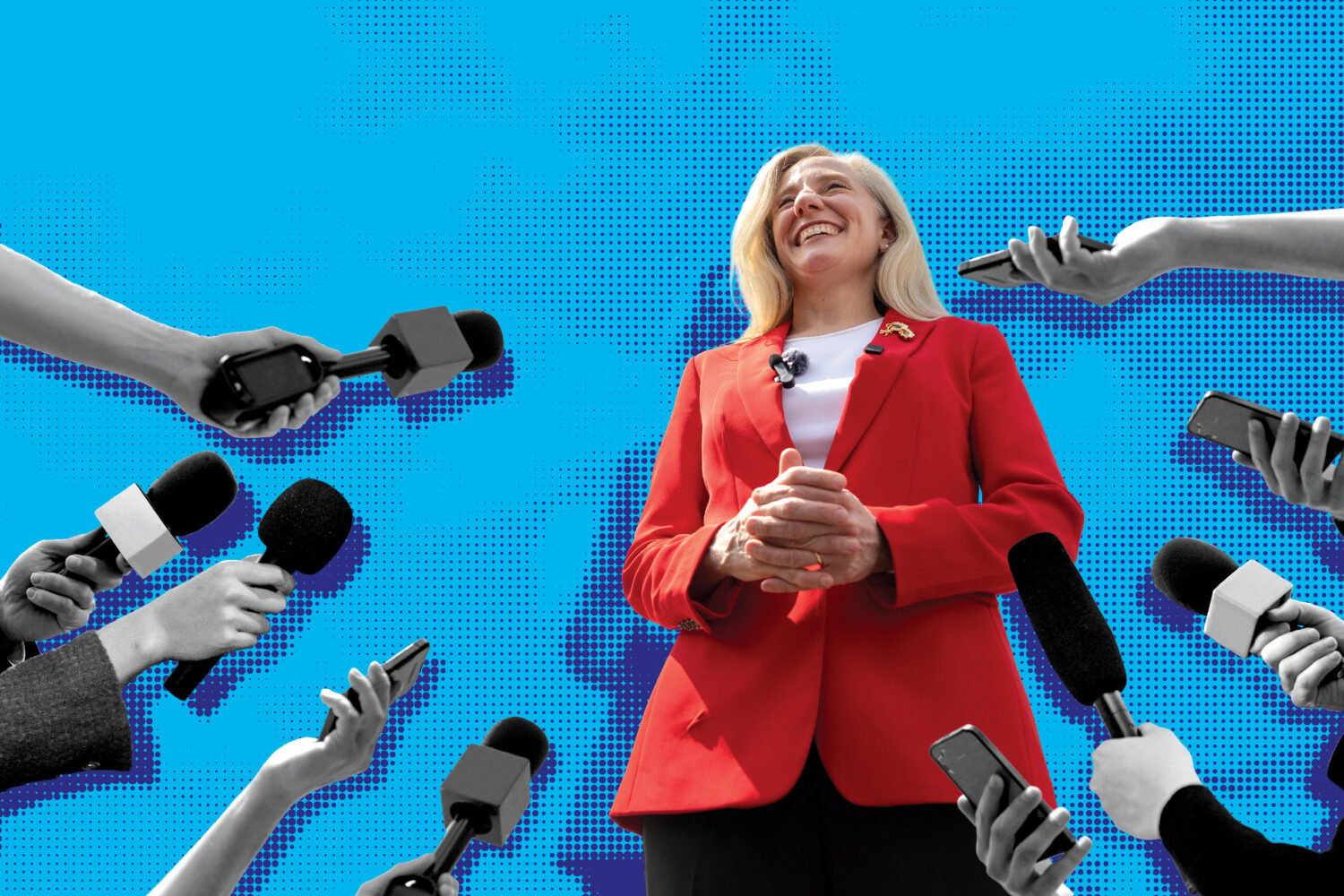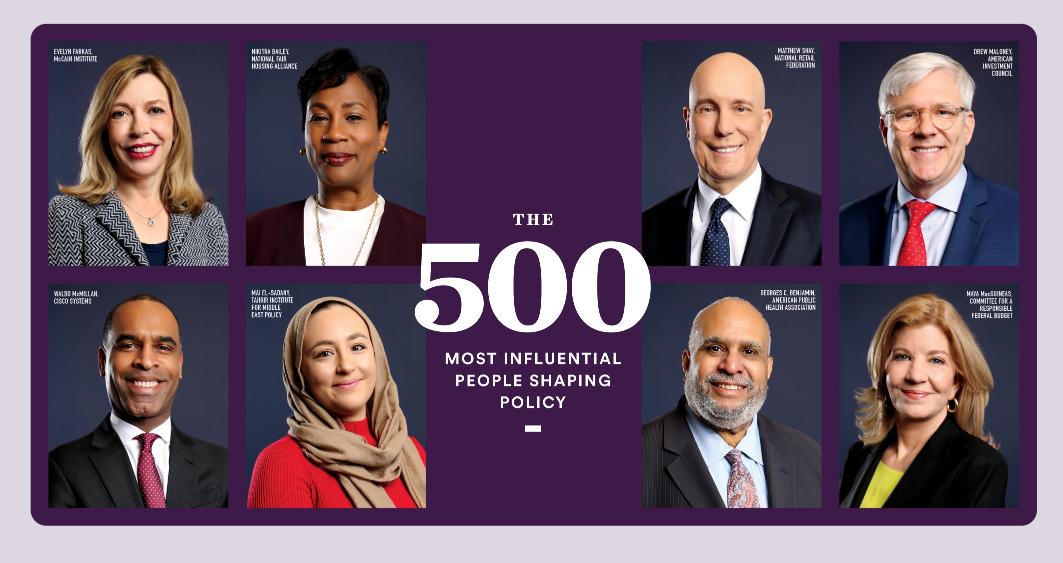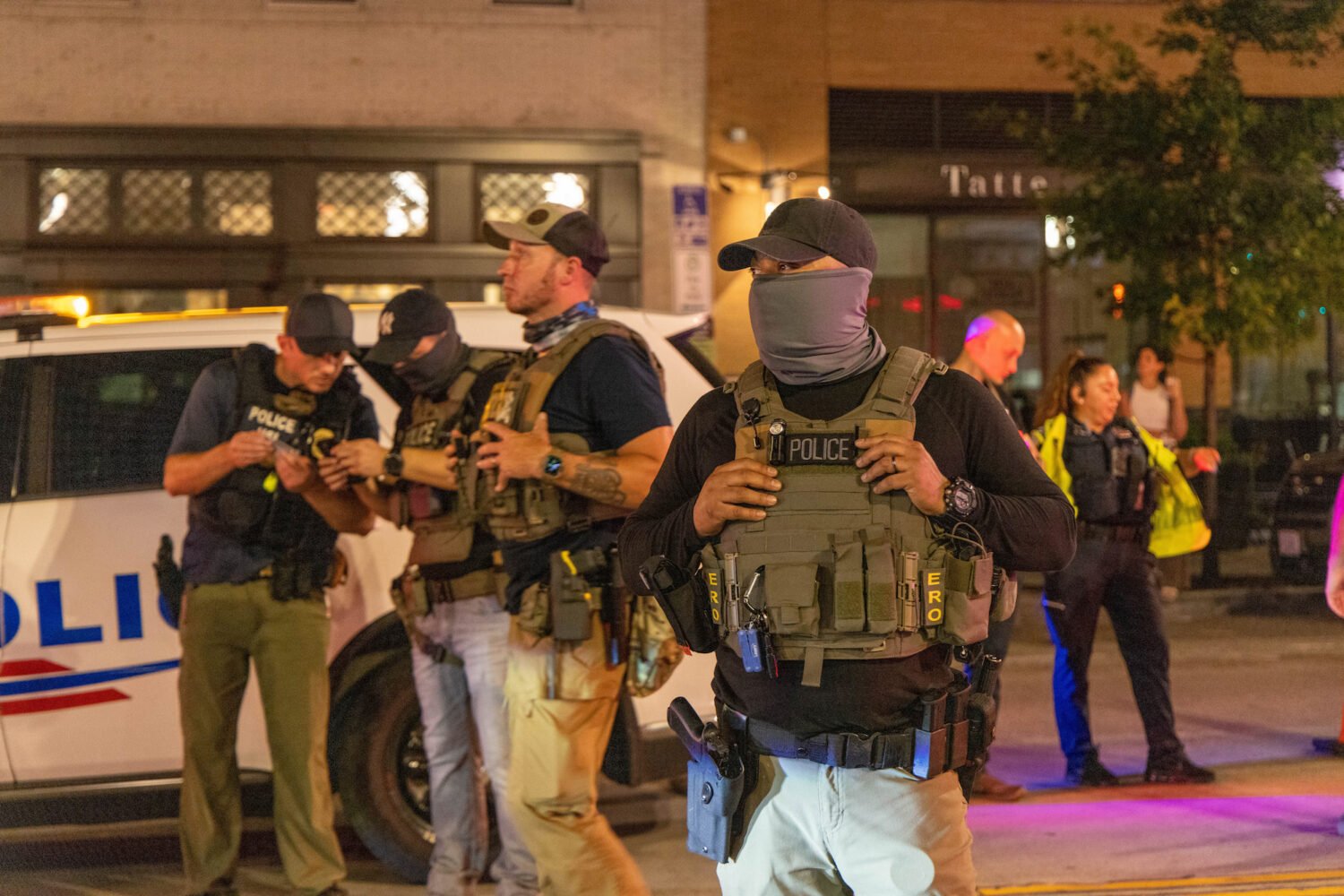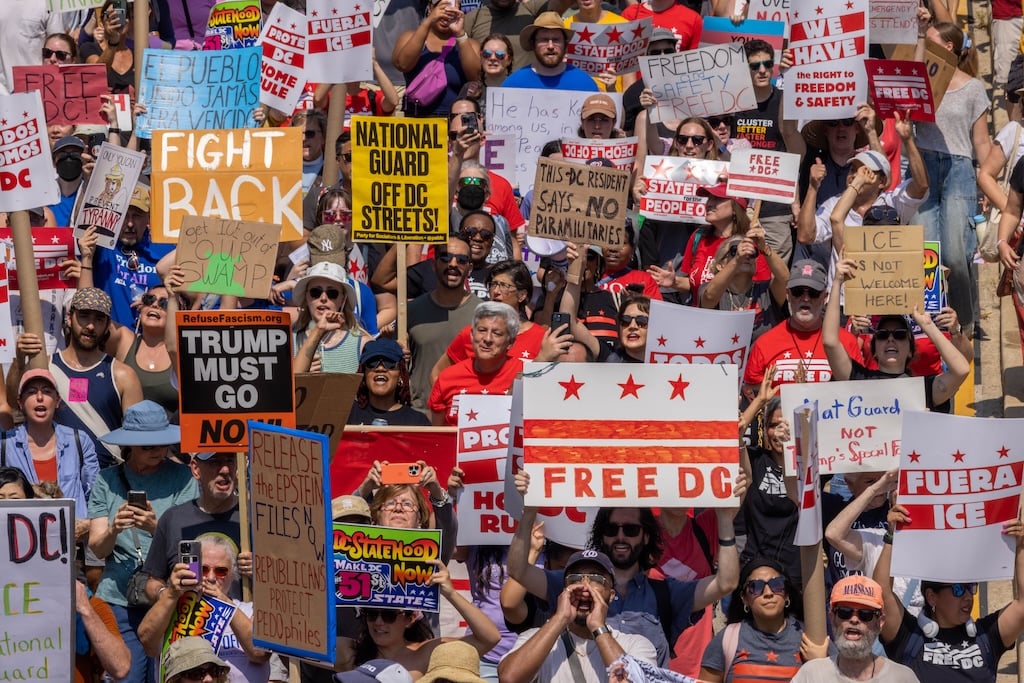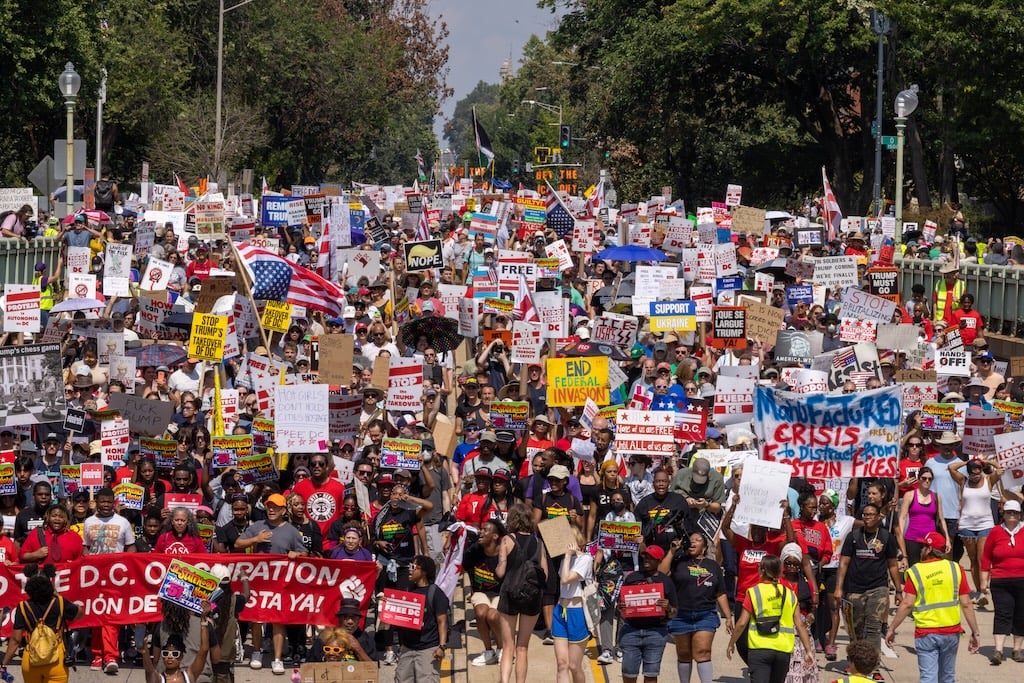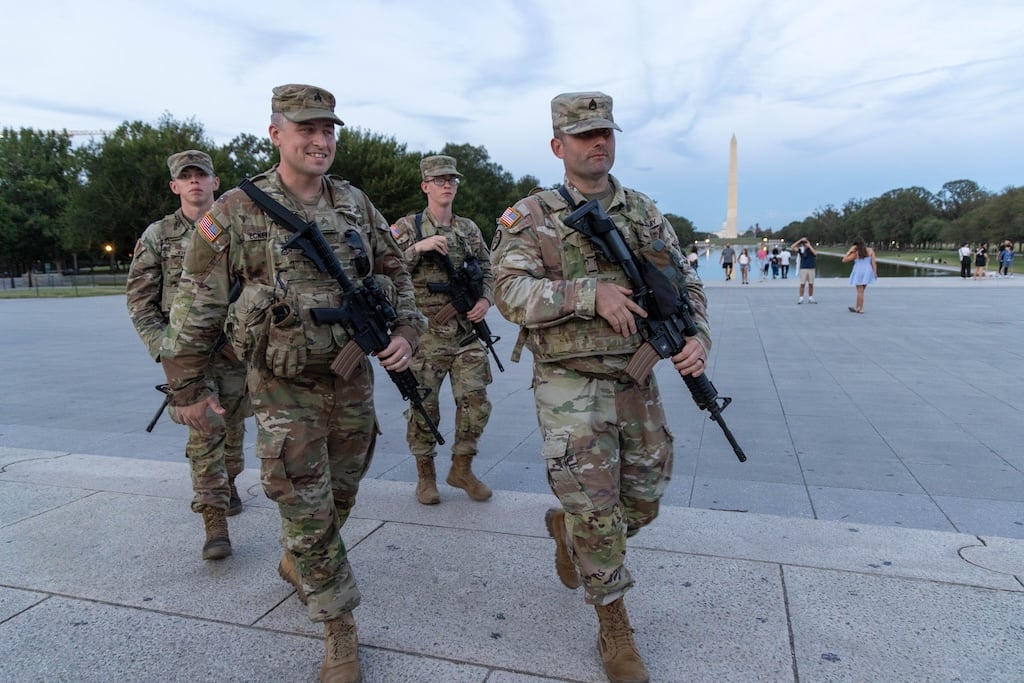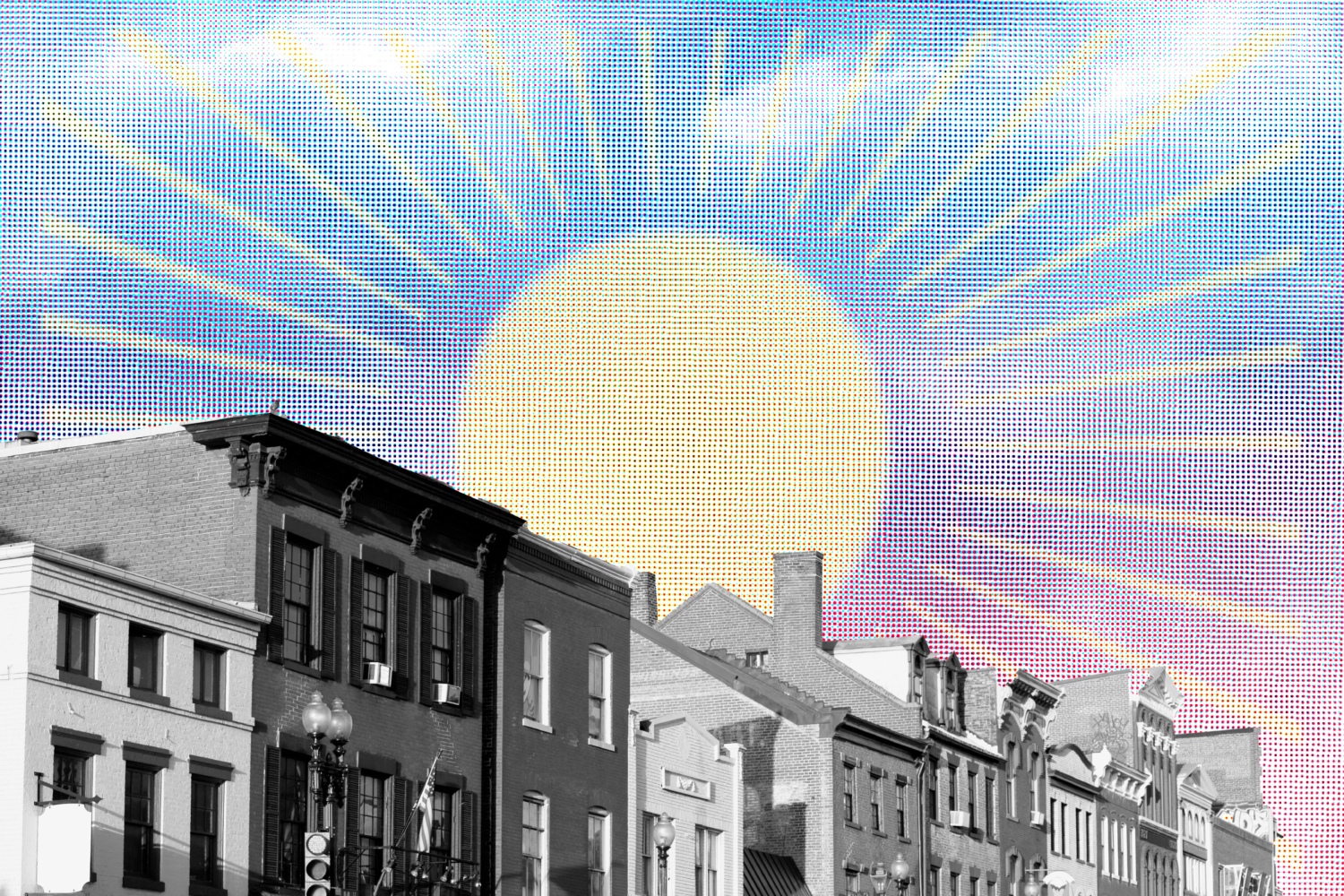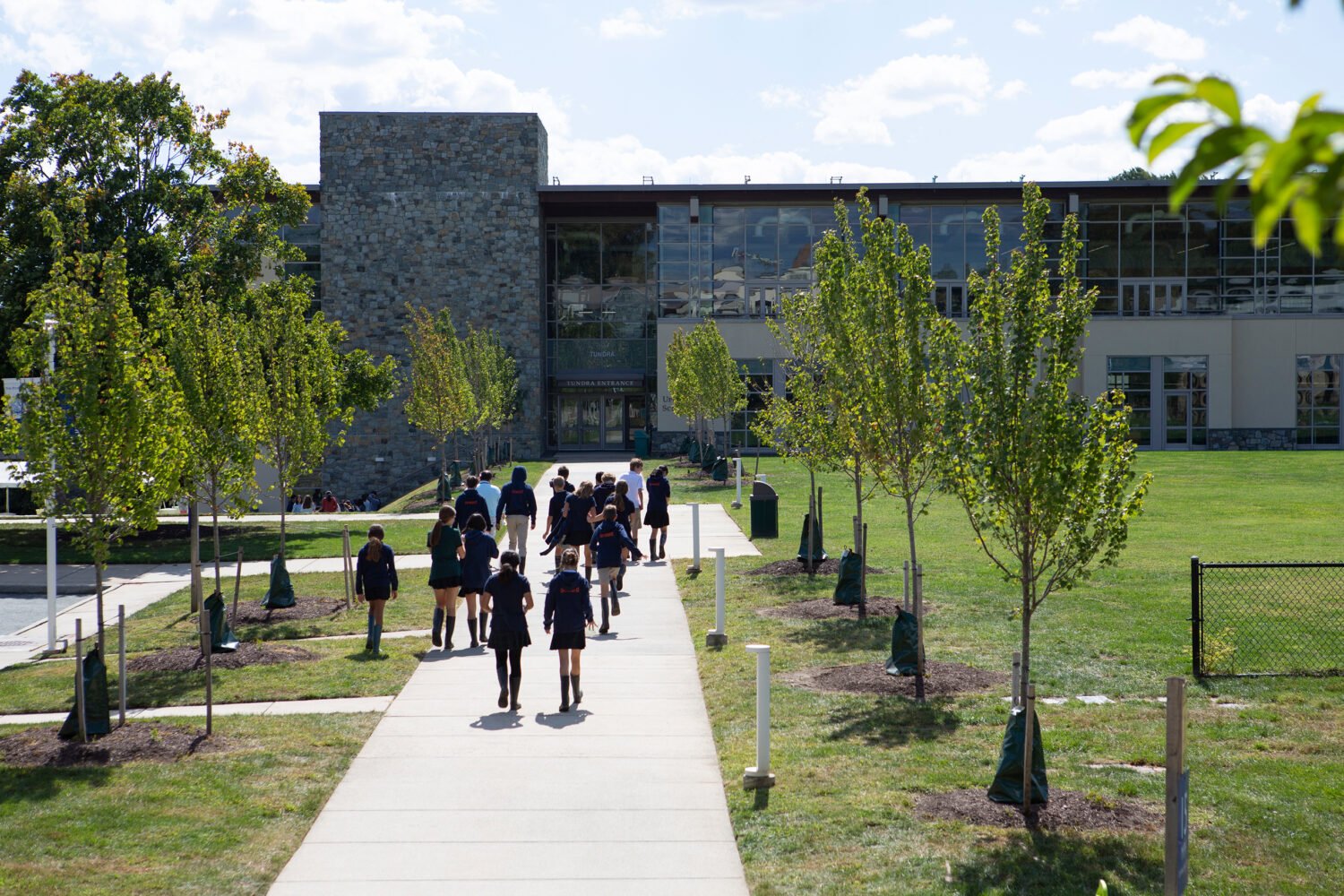President Donald Trump has made clearing homeless encampments part of his federal takeover of DC. But according to people experiencing homelessness and street outreach workers we spoke with, the effort hasn’t reduced homelessness—rather, it has just initiated new cycles of displacement.
Earlier this month, DC officials cleared tents along the routes the president frequents. In a recent briefing, White House Press Secretary Karoline Leavitt said 48 encampments have been cleared throughout the city since the federal takeover.
Washingtonian spoke with seven people who have been displaced by encampment clearings since the federal takeover began. One has entered a shelter, another left for Virginia, one called in a favor to stay with a friend, and the rest have moved to other spots on streets in DC. Street outreach providers say that this pattern is typical.
“Thankfully, we haven’t been seeing arrests over not moving. We haven’t been seeing involuntary hospitalizations. We haven’t been seeing people getting moved involuntarily out of DC,” says Adam Rocap, deputy CEO at Miriam’s Kitchen, which provides meals, case management, and other other social services for the unhoused. “Most people are just relocating somewhere else in DC.”
But being forced to relocate in a rush is deeply stressful, says Meghann Abraham, who was forced to move from her spot in Washington Circle by the DC police, which are currently under federal control.
“This was wrong what happened to me,” she says. The forced move, she says, has put her in a situation where instead of planning for the future—she just got an associate’s degree from the College of Southern Maryland this past June and wants to work for FEMA—she’s left trying to rebuild a sense of routine and normalcy. Right now, she and her boyfriend are still trying to stay in DC because it’s close to his workplace, but they’re also evaluating how conspicuous prospective spots on the street are. “It’s a lot more stressful and this lifestyle is already a little bit stressful,” she says.
Street outreach workers have also noticed that people staying in the District are trying to be less visible so as to avoid law enforcement interactions, says Claire Wilson, executive director of Georgetown Ministry Center, a drop-in center for the unhoused.
So far, surrounding jurisdictions haven’t reported large influxes of homeless people coming across the border. Arlington County’s street outreach teams have seen “minimal fluctuation,” a spokesperson said. Hilary Chapman, the housing program manager at the Metropolitan Washington Council of Governments, cautioned that it may be too early to know whether the clearings will push people to leave DC.
The DC Department of Human Services (DHS), which manages the low-barrier shelter system in DC, added over 100 additional shelter beds this month to make sure there is extra capacity for people who choose to go into shelter. According to a spokesperson for DHS, the total shelter capacity for single adults is currently over 1,100 beds and the department monitors “shelter capacity nightly to ensure we have a bed for anyone who wants to come inside.” As of the most recent Point in Time Count, around 800 single adults in DC are unsheltered, which represents around one-fifth of the single adults experiencing homelessness in the District.
Street outreach providers do say they’ve seen a slight uptick in people accepting shelter since Trump’s takeover began, but Rocap says this isn’t a long-term solution. “I expect that people will come back outside. If for the longest time someone was saying ‘I’d rather stay outside than a shelter,’ then saying yes to shelter now is probably just temporary,” he says. “A lot of people don’t go to shelters because they’ve been through a lot of traumas, and being in a really busy environment is just too hard.”
Abraham, for example, says she avoids shelters because of the other people she might encounter there. To her, the relative quiet of a tent is a better environment than shelters which feel like an “insane asylum.”
Encampment clearings have also made it harder for street outreach teams to find people and connect them with services. “The same group of people that’s being displaced now could be on their ninth, tenth, twelfth, displacement,” Rocap says. “It doesn’t change anything. It just makes it harder for outreach workers to find people and build relationships with people.”
Advocates argue the clearings also drain resources that could be used on long-term solutions. “If you’re always in emergency mode, you can’t be doing any of that long-term work toward housing and services,” Rocap says. Research shows that “housing first”—providing permanent housing paired with supportive services—is the most effective way to reduce homelessness. The approach helped cut veteran homelessness in half nationwide. If the Trump administration were serious about reducing homelessness in DC, Rocap says, it would focus on funding permanent housing rather than clearing encampments.
It seems at least some in the Trump administration share Rocap’s view, according to reporting by The 51st earlier this month. Through documents obtained in a public records request, The 51st found that members of the Make D.C. Safe and Beautiful Task Force discussed potentially building more temporary shelter units and that officials in the Department of Housing and Urban Development indicated that unsheltered homelessness was a complicated problem which encampment clearings alone couldn’t address.
Yet, to the dismay of advocates, the Trump administration also recently signed an executive order formally ending federal support for “housing first.” In addition to this reversal, the order encourages jurisdictions to enforce camping bans and increase civil commitment. This order could have wide-ranging implications in DC, which like many localities employs a “housing first” model, potentially jeopardizing millions in federal funding the District and its contracted providers receive from HUD.
But for the people who’ll feel the consequences of these shifts, like Abraham, there’s also the reality that life has to go on and right now that means looking for a new spot. “I’m still going to put my tent up in the city,” she says. “Because homelessness is not a crime.”

